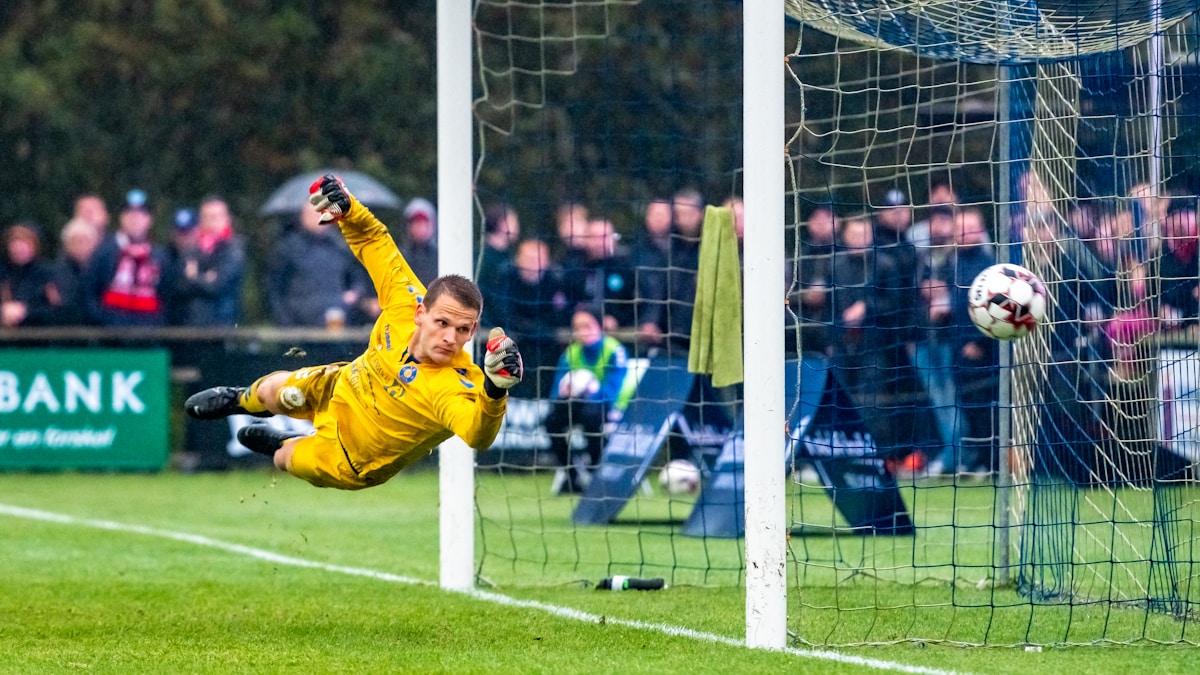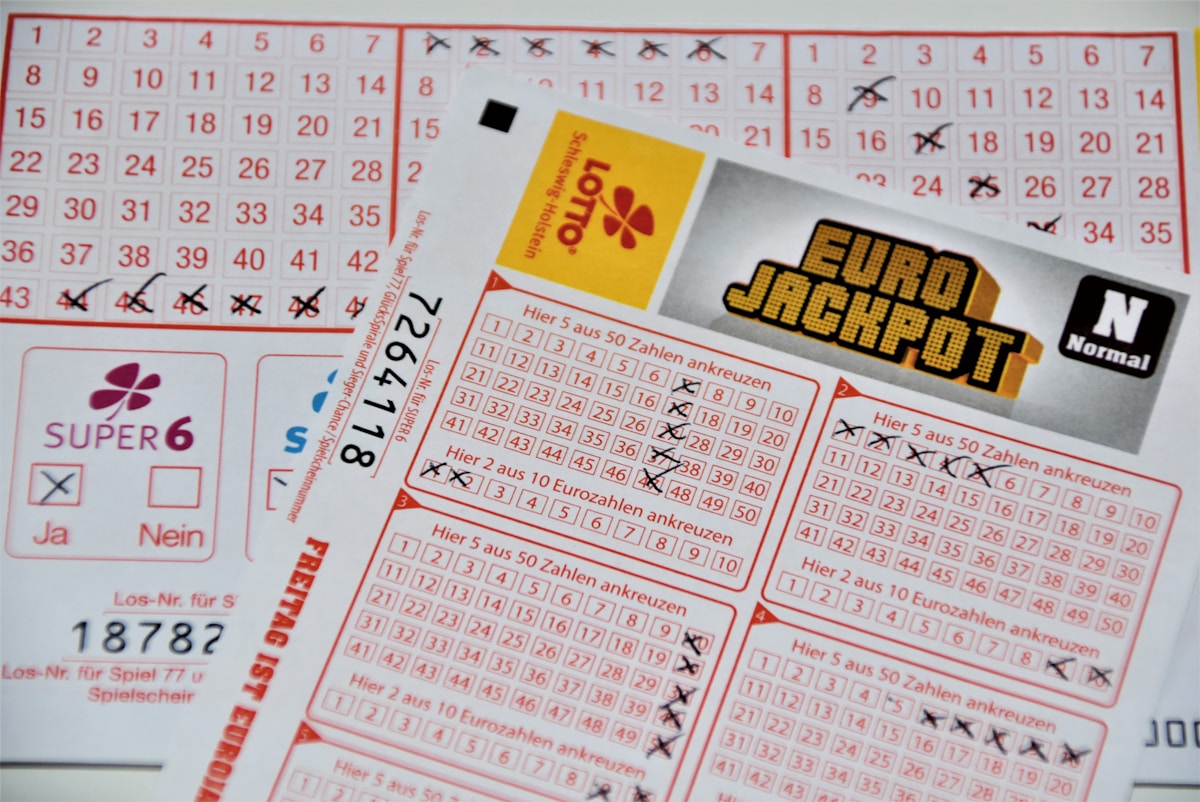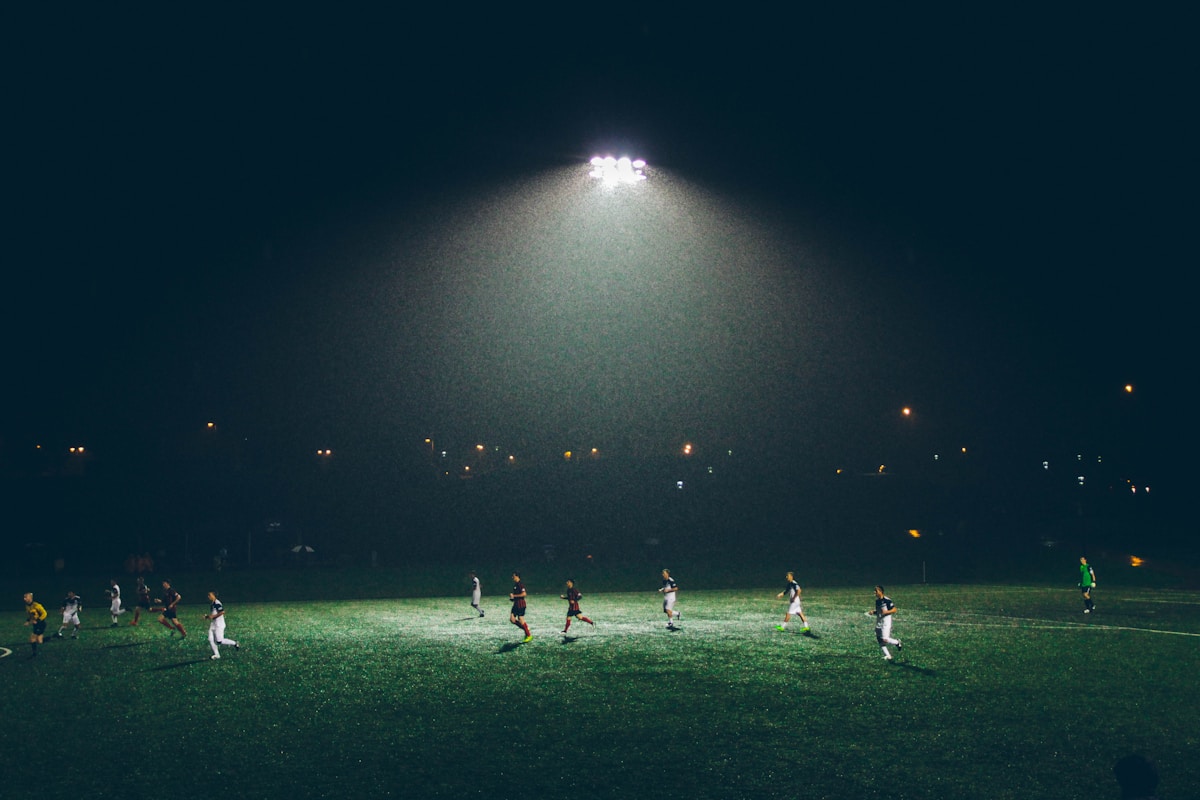The Applications of Machine Learning to Soccer

In the early 2000s, Oakland Athletics general manager Billy Beane famously decided to implement statistics in roster construction decisions in an attempt to win the World Series. Despite never winning the World Series, the fact that a team with so few financial resources came close to winning it on multiple occasions demonstrated that there was merit to his approach. However, Beane’s impact went far beyond baseball. Administrators and coaches throughout the sporting world were inspired by his success and sought to mirror it, to be the Billy Beane of their sport.

This has prompted an analytics revolution across all sports, changing the way teams are run and the way the sports themselves are played. Some famous examples of this are the rise of the three-point shot in basketball and the increased emphasis on passing in the NFL.
However, despite analytics proving to be effective, the biggest sport in the world, soccer, has been slow to adopt it. Part of this is due to the nature of the sport: Baseball and Football have clear events, pitches or downs, that make their games easier to analyze on a statistical level. Free-flowing games such as soccer, hockey, or basketball make it more difficult to analyze for player and team performance. However, most soccer fans also tend to view it in a romantic way, describing it as the “Joga Bonito,” the beautiful game. Many of these fans find that intellectualizing the game through analytics and computer analysis makes the game less of the art form they perceive it to be.

Despite the protest of these fans, soccer is a business. Clubs looking for advantages were never going to let such an effective tool go to waste, and neither were the bookies. While it may have taken a bit more time, analytics have taken over the sport. Not to be left out, Billy Beane is a minority owner of two clubs: Barnsley FC in the English Championship and AZ Alkmaar in the Dutch Eredivisie.
Now that analytics have become an established part of the sport, the industry has turned to the next step: machine learning. While statistics can be useful, such data analysis is contaminated by human biases. For example, even though Sir Alex Ferguson sold defender Jaap Stam in 2001 primarily because of dressing room problems, he was influenced by his opinion that Jaap Stam's declining tackle numbers suggested he was regressing. Jaap Stam would go on to be instrumental in AC Milan’s Champions League final campaign in 2005. Machine learning allows us to figure out what data is useful when making predictions and what data is irrelevant, in this case the number of tackles Stam was making.
Machine learning’s ability to predict the future better than humans has led to it having a leading role in three major aspects of soccer: player scouting and evaluation, injury prevention, and gambling algorithms.
For the soccer teams themselves, the most useful application of machine learning is in player evaluation. Clubs are constantly looking to add better players to their teams in the transfer market. However, transfers are risky as there is always a non-insignificant chance that players fail to perform for their new team, and the transfer money goes to waste.
One famous example is Coutinho’s transfer to Barcelona for $148,500,000 in 2018. Coutinho was perceived as an elite player at Liverpool, but never truly adapted to Barcelona and has yet to live up to his price tag as the third-largest transfer of all time. If used to analyze the transfer, machine learning would have been able to ascertain that Coutinho’s ability was not worth anything close to the amount of money Barcelona spent, leading them cancel the purchase. By helping clubs evaluate player’s ability, machine learning has begun helping clubs find bargains in the market and better evaluate their own squad and potential additions.

However, machine learning’s ability to evaluate player skill is not just helpful for finding value. It is also helpful for projecting the future ability of young players. While this is often less reliable as predicting the future five or ten years later can never be exact, there are a number of clubs that use machine learning to analyze data collected from young players’ games in order to evaluate their current ability and predict their development.
The next extremely useful application of machine learning to soccer clubs is in injury prevention. As in all sports, there are countless examples of players whose careers are either stunted or ended by injuries. A recent example of this is Marco Reus. While Marco Reus has had a strong soccer career so far and has often been considered a world-class player, severe injuries throughout his career led to him never truly fulfilling what was once considered to be Ballon D’or winning potential. (The Ballon D’Or is the award given for the best player of the year. It is the most prestigious individual award in soccer).
Machine learning could change this. Teams have begun collecting more and more data about players' physical conditions. Machine learning algorithms analyzing this data suggest substitutions and starting eleven’s that minimize the risk of injury. They also suggest suitable training load, rest days, and what treatment physios should administer.
However, the most prevalent application of machine learning in soccer thus far has been in the gambling industry.

As in all sports, there is a considerable amount of gambling on soccer games. In order to make more profitable betting lines, many gambling companies have begun using machine learning in order to more accurately evaluate the probability of an event occurring. These events can range from the outcome of a game to the number of corner kicks and the probability of a given player receiving a red card, as machine learning is versatile enough to estimate previously unclear probabilities. Inversely, there are relatively new companies that use machine learning in order to find potentially exploitable odds. Many of these companies sell this to private clients, making a sizable profit.
Overall, as in all industries, machine learning is gaining a larger role in soccer. Its ability to predict future events and trends better than humans is instrumental for clubs looking to find future superstars and keep them healthy. For fans, it is leading to more sophisticated gambling strategies. However, this is just the beginning. Machine learning could eventually be applied to soccer tactics, suggesting the correct pass, the correct dribble, or whether or not to shoot. We have only scratched the surface of machine learning’s applications, and thus soccer is due for even further change.

The Applications of Machine Learning to Soccer Written by Luca Vernhes